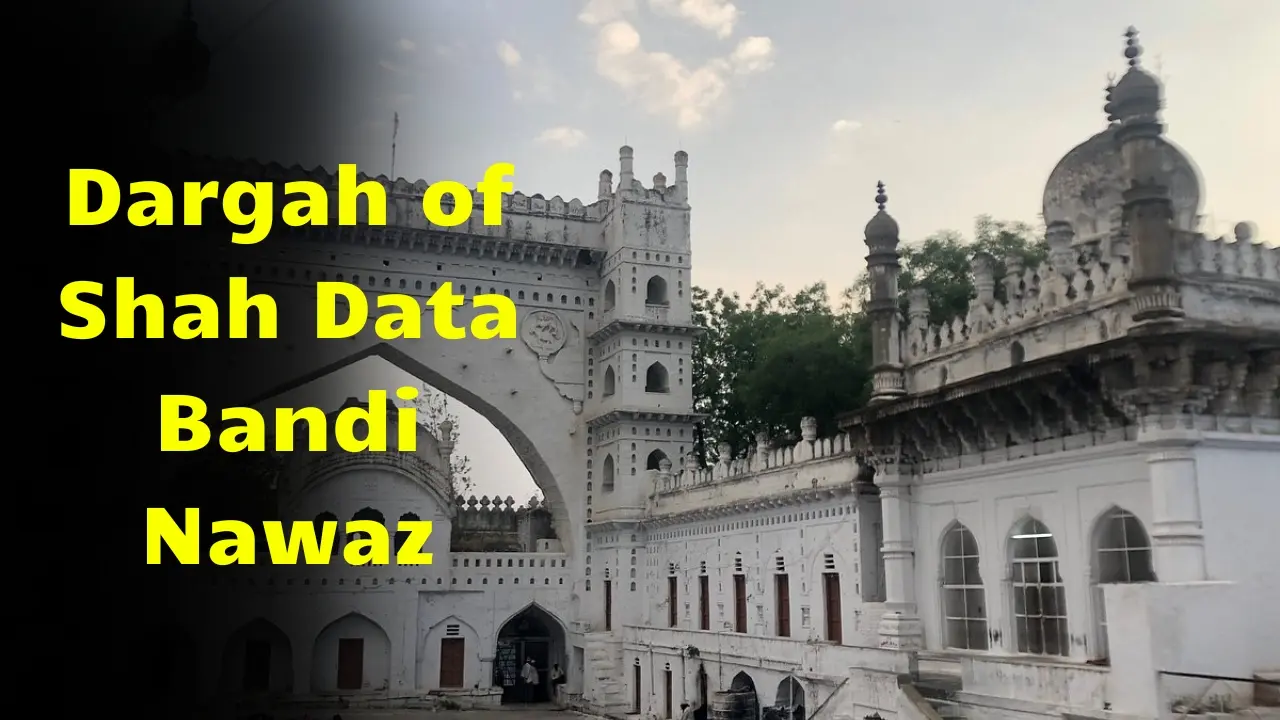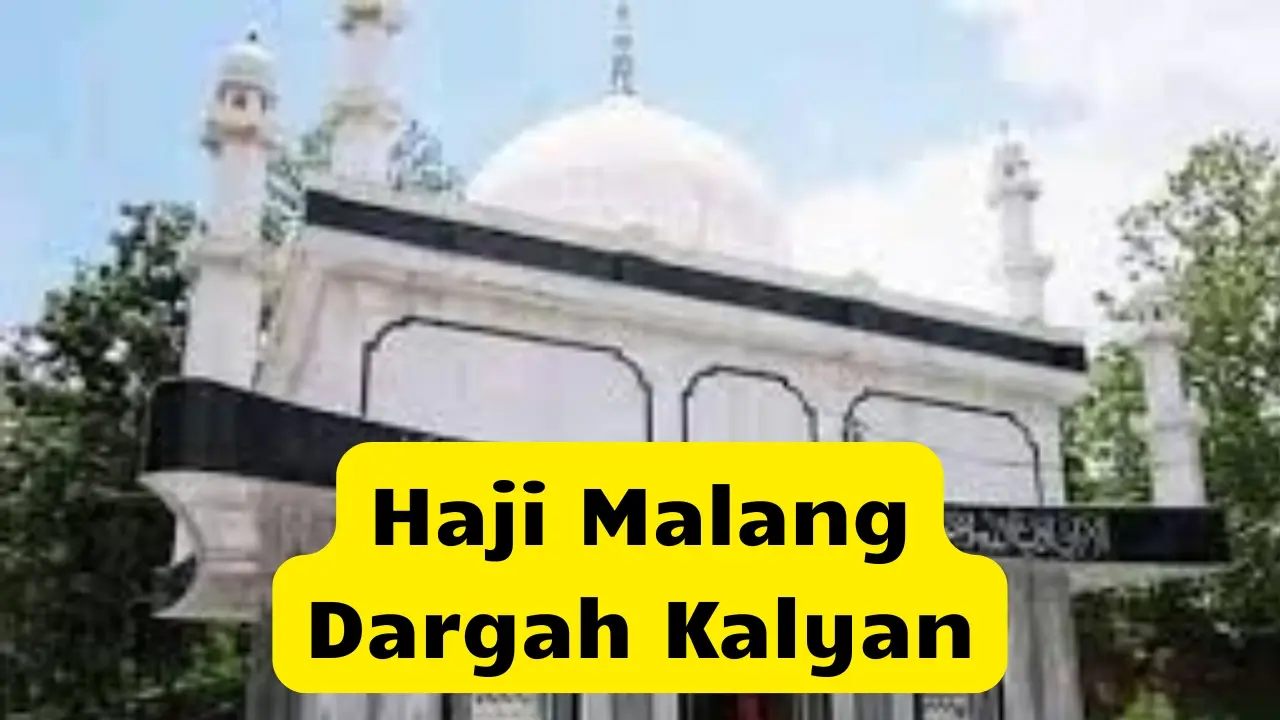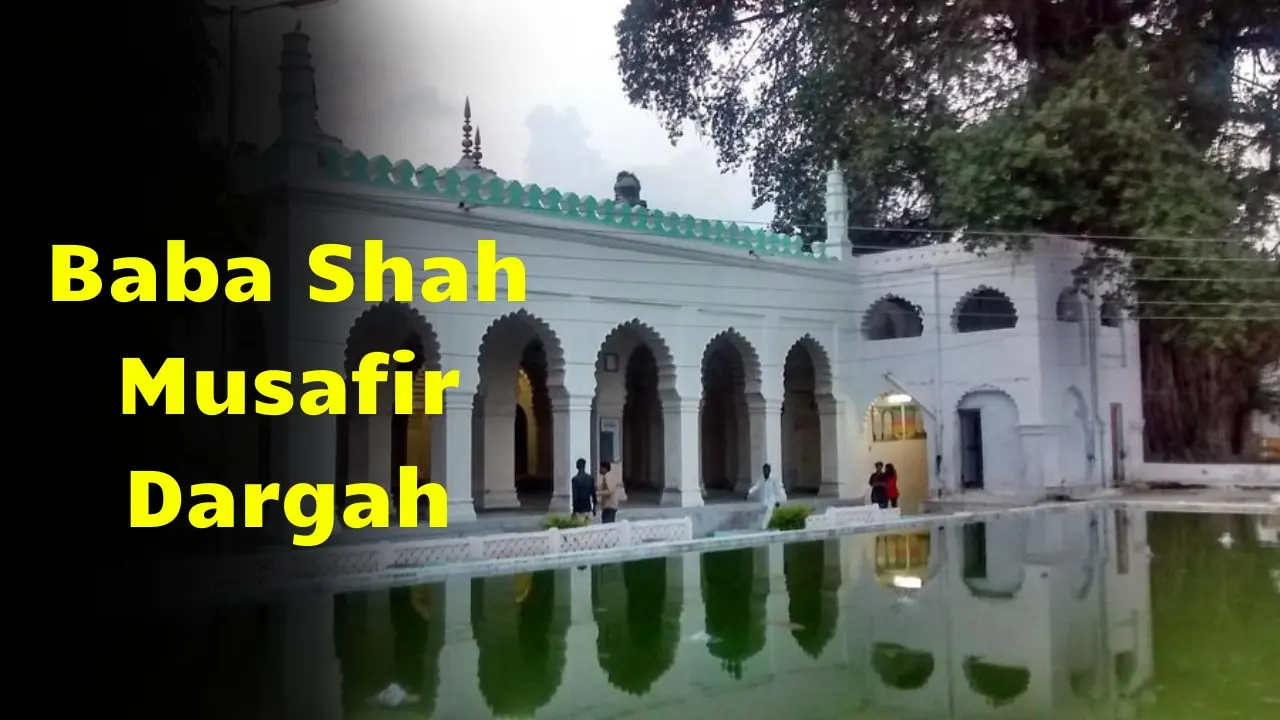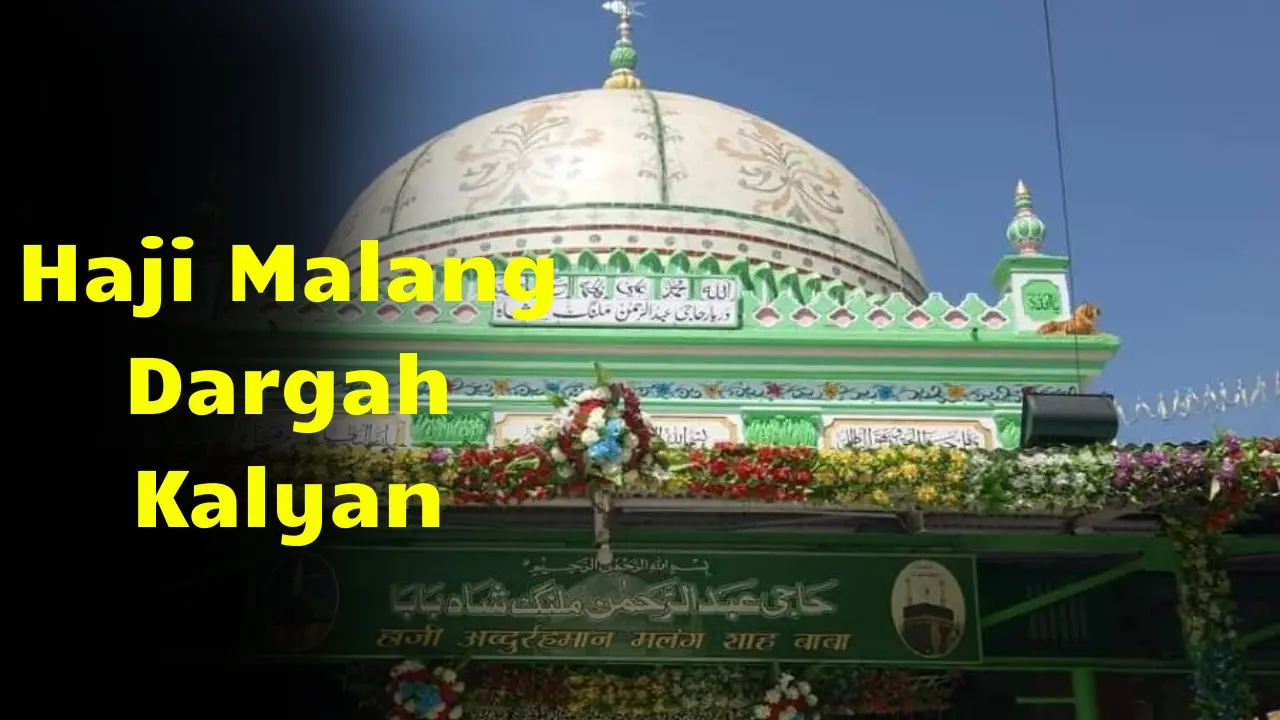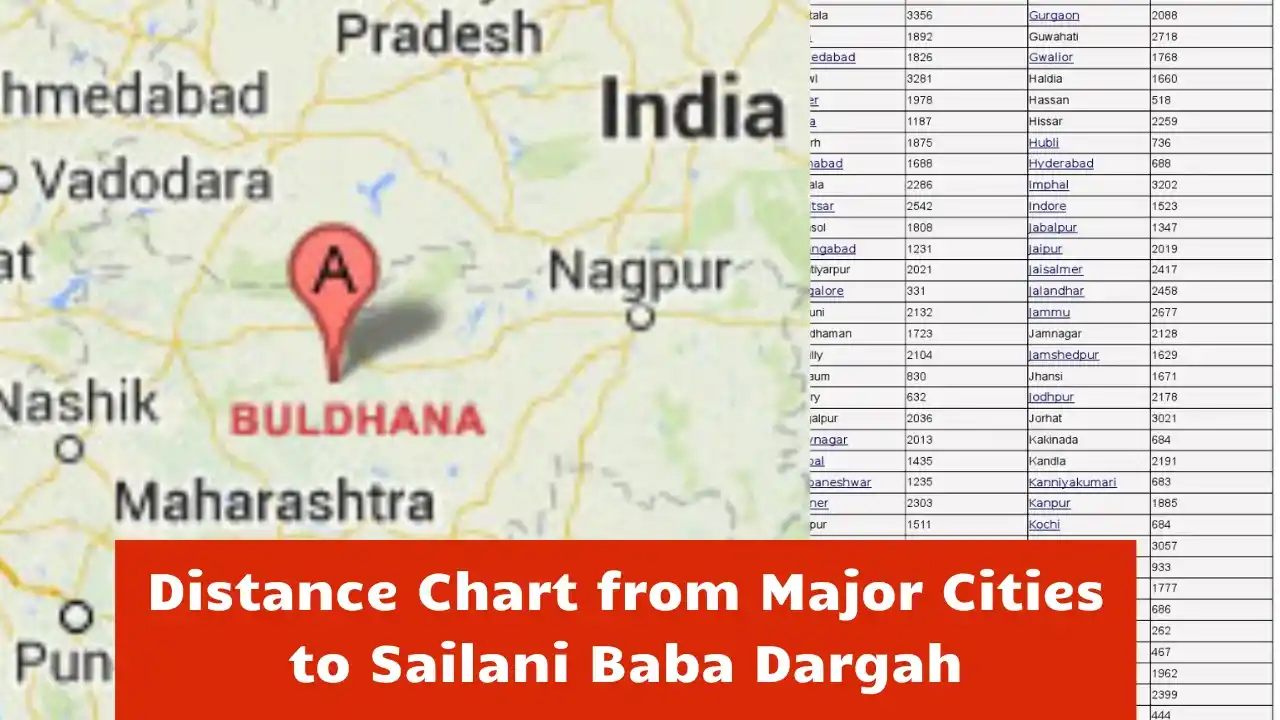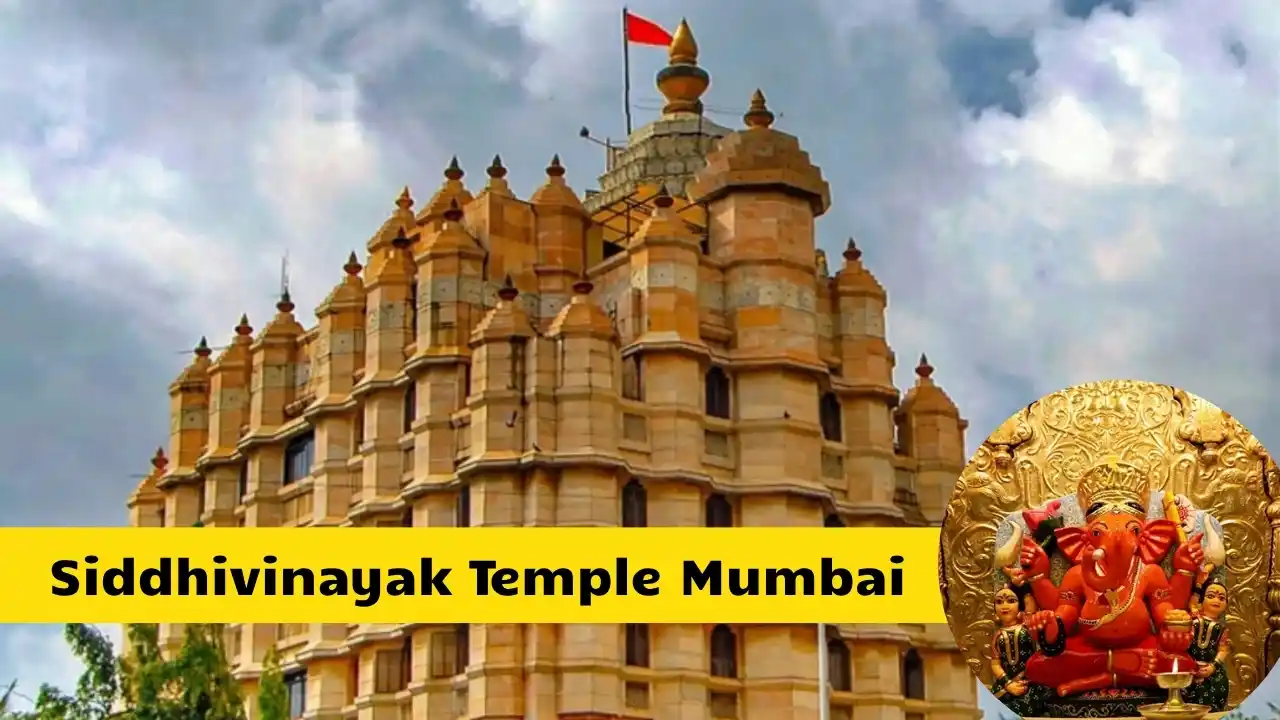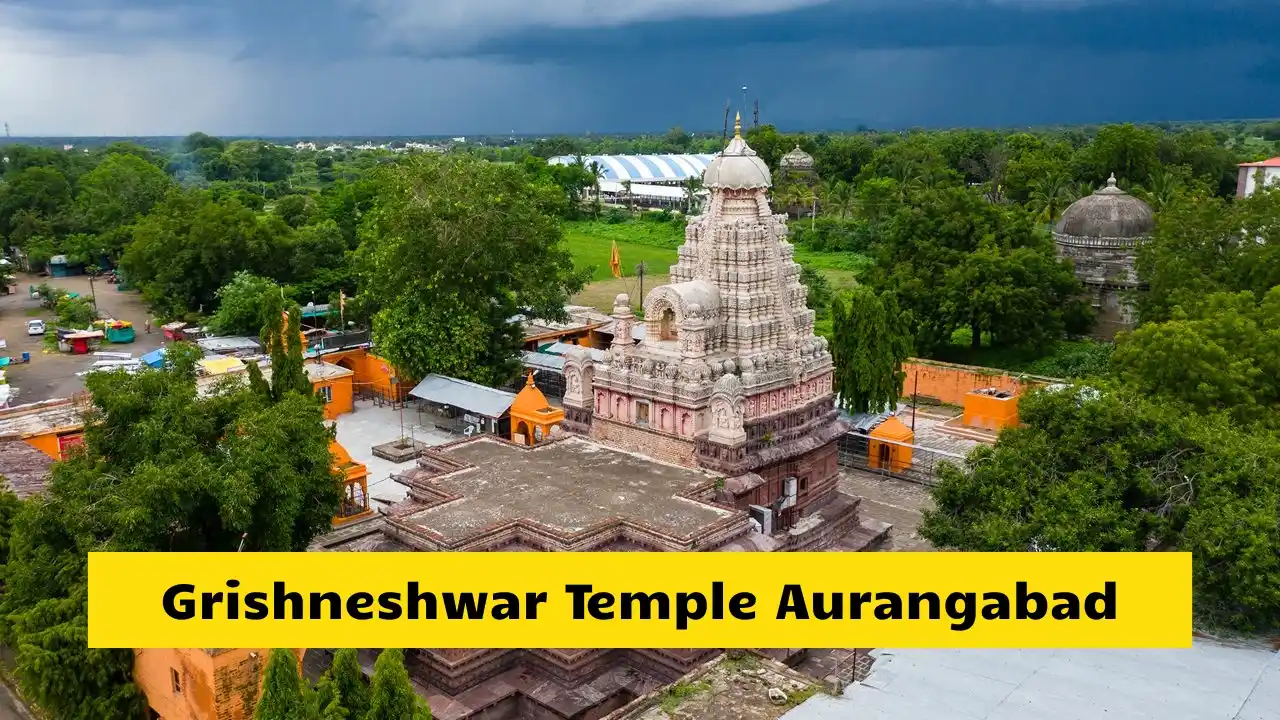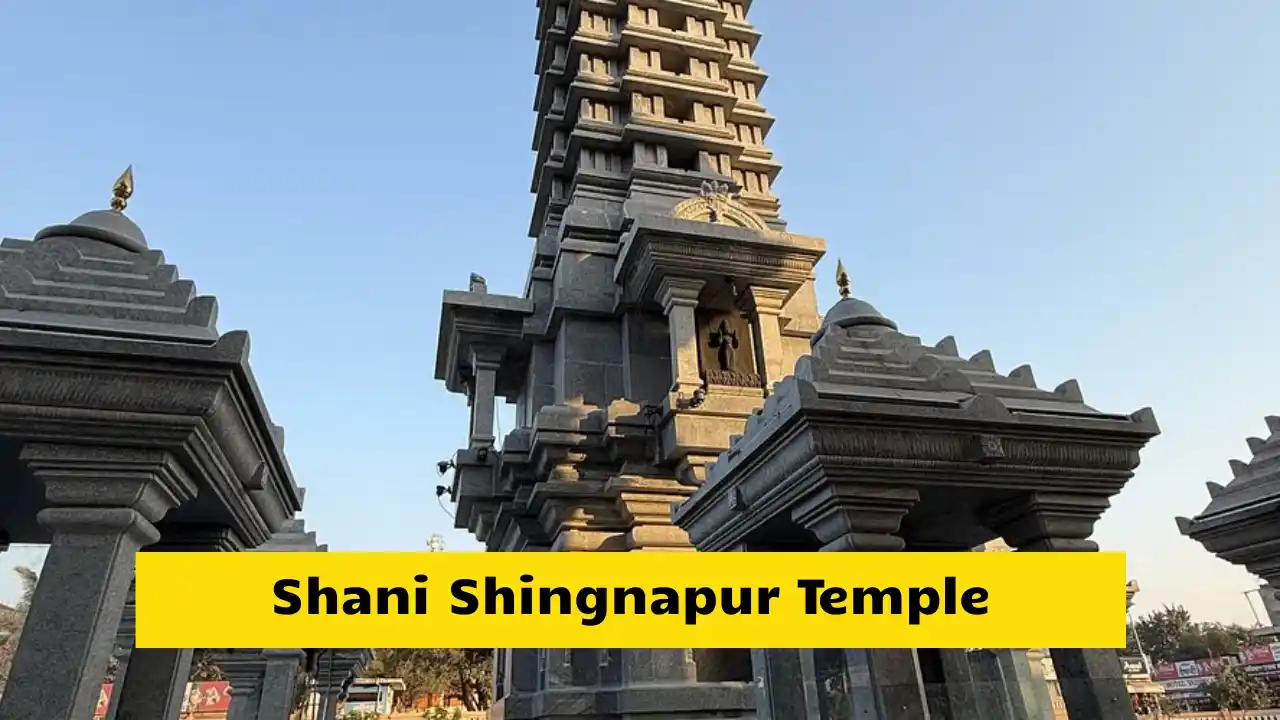The Dargah of Shah Data Bandi Nawaz in Gulbarga, Karnataka, is one of the most important Sufi shrines in South India. It is the resting place of the great saint Hazrat Khwaja Banda Nawaz Gesu Daraz, who spread the message of peace, equality, and love through the teachings of Islam and Sufism. Thousands of devotees from different religions visit the shrine every year to seek blessings and inner peace. The Dargah is known for its calm atmosphere, beautiful architecture, and centuries-old tradition of unity and brotherhood.
History of the Saint
Hazrat Khwaja Banda Nawaz Gesu Daraz was born in 1321 AD in Delhi. He was a disciple of Hazrat Nasiruddin Chiragh-e-Delhi and belonged to the Chishti order of Sufism. During the reign of the Tughlaq dynasty, he moved south and finally settled in Gulbarga (now Kalaburagi) under the rule of the Bahmani kings. He spent the rest of his life teaching people about faith, kindness, and the importance of harmony among all. After his death in 1422 AD, his followers built a shrine in his memory. Today, this Dargah stands as a center of learning, spirituality, and unity.
Architecture and Design
The Dargah of Shah Data Bandi Nawaz is a fine example of Indo-Saracenic architecture. The main tomb is surrounded by carved stone pillars, domes, and arches with beautiful calligraphy in Arabic and Persian. The outer walls are painted white and blue, giving the shrine a peaceful look. The ceiling inside the tomb is decorated with floral designs, and the inner chamber glows with golden lamps and green fabric. The wide courtyard can hold thousands of devotees during festivals. The entire structure shows how art and faith come together to create timeless beauty.
Spiritual Significance
Banda Nawaz Gesu Daraz was known for his deep understanding of the Quran and Sufi philosophy. He wrote many books in Persian and Arabic, teaching that love is the path to reach God. His teachings broke barriers of caste and religion, attracting people from every background. Devotees believe that praying at his Dargah helps remove sorrow and brings peace to the heart. The saint’s name “Bandi Nawaz” means “Helper of the Slaves,” showing his compassion and service to humanity.
Daily Routine and Prayer Timings
The Dargah opens early in the morning around 5:00 AM and remains open till 10:00 PM. The day begins with the Fajr prayer followed by the cleaning of the tomb and offering of fresh flowers and chadars. Devotees visit throughout the day to seek blessings. In the evening, the Maghrib prayer is followed by the lighting of lamps and recitation of verses. On Thursdays and Fridays, special prayers and qawwalis take place, filling the entire complex with spiritual energy.
Annual Urs Festival
The Urs of Hazrat Banda Nawaz Gesu Daraz is celebrated every year with great devotion. It marks the death anniversary of the saint and is held during the Islamic month of Zul-Qad. The festival lasts for seven days and attracts devotees from across India and abroad. The Dargah is decorated with flowers, colorful fabrics, and lights. Special qawwali sessions, community prayers, and langar (free food) continue day and night. The Urs represents love, equality, and devotion — the main teachings of the saint.
Langar and Service
The Dargah maintains a long tradition of feeding visitors through its langar. Simple vegetarian food is served to everyone without any difference of religion or background. Volunteers and caretakers work selflessly to serve the devotees. Many people donate food, grains, or money to support the kitchen. This practice of sharing food and love is a living example of Banda Nawaz’s message of kindness and equality.
Library and Learning Center
Inside the Dargah complex, there is a library known as Khwaja Banda Nawaz Library that holds thousands of rare manuscripts in Arabic, Persian, and Urdu. It is one of the largest collections of Sufi writings in India. Scholars and students visit to study ancient books written by the saint himself, including his famous work Miraj-ul-Ashiqin. This makes the Dargah not only a spiritual place but also a center of knowledge and research.
Entry Rules and Dress Code
There is no entry fee to visit the Dargah. Visitors are expected to remove footwear before entering and cover their heads as a mark of respect. Men should wear simple clothes like kurta-pyjama or shirt and trousers, and women should wear modest attire with a scarf or dupatta. Photography is allowed in the outer area but not near the main tomb. Silence and discipline should be maintained inside the shrine.
How to Reach the Dargah
The Dargah of Shah Data Bandi Nawaz is located in the heart of Gulbarga (Kalaburagi) city, Karnataka. The nearest railway station is Kalaburagi Junction, about 2 kilometers away. The nearest airport is Kalaburagi Airport, which has regular flights from Bengaluru and Hyderabad. The shrine is also well connected by road, and buses and taxis are easily available from all major cities in Karnataka and Telangana. Local autos can drop visitors near the main gate.
Best Time to Visit
The best time to visit the Dargah is from October to March when the weather is pleasant. The Urs period, though crowded, offers the most spiritual experience with prayers, lights, and music filling the area. Thursdays and Fridays are special for devotees, while early morning hours are best for peaceful visits.
Surrounding Attractions
Visitors can also explore other historical sites in Gulbarga such as the Gulbarga Fort, Jama Masjid, and Haft Gumbaz tomb complex. These monuments show the region’s rich history during the Bahmani rule. The nearby Sharana Basaveshwara Temple is another symbol of unity where people from all faiths come to pray.
Miracles and Faith Stories
Many devotees have shared experiences of receiving help and blessings after praying at the Dargah. Some say their wishes for health, success, or peace were fulfilled. The Dargah is believed to have a special energy that heals sadness and brings hope. These stories strengthen the faith of visitors and keep the legacy of the saint alive.
Importance for Sufi Heritage
The Dargah of Shah Data Bandi Nawaz is one of the main Sufi centers in South India. It connects the spiritual traditions of North India with those of the Deccan. The teachings of Banda Nawaz continue to guide people toward kindness and simplicity. The shrine stands as a reminder that true religion lies in serving others and spreading love.
Tips for Visitors
Plan your visit during low-crowd hours to experience peace. Carry a scarf or cap for head covering. Avoid bringing valuables or large bags. Follow the queue system and listen to volunteers’ instructions. Do not litter inside or outside the premises. If visiting during Urs, book accommodation early because hotels fill quickly.
Conclusion
The Dargah of Shah Data Bandi Nawaz in Gulbarga is not just a monument but a living source of faith and love. Its history, architecture, and spiritual power attract devotees from every corner of India. The saint’s teachings of compassion, equality, and service to humanity still shine brightly after 600 years. Visiting this Dargah fills the heart with calm and reminds everyone that love and humility are the true paths to God. Like Ajmer Sharif and Nizamuddin Dargah, the shrine of Banda Nawaz continues to carry the flame of Sufi tradition — guiding people toward peace and unity.
